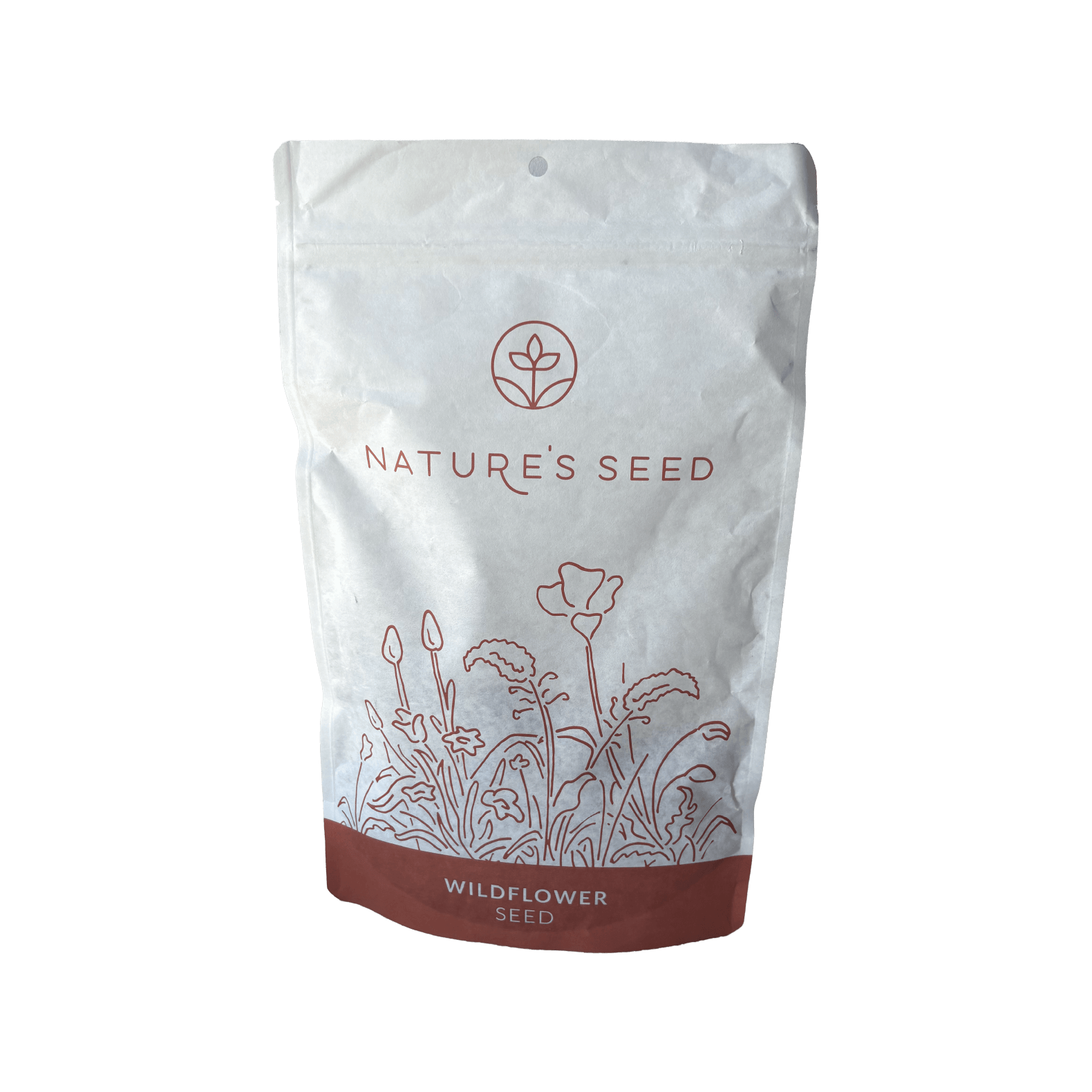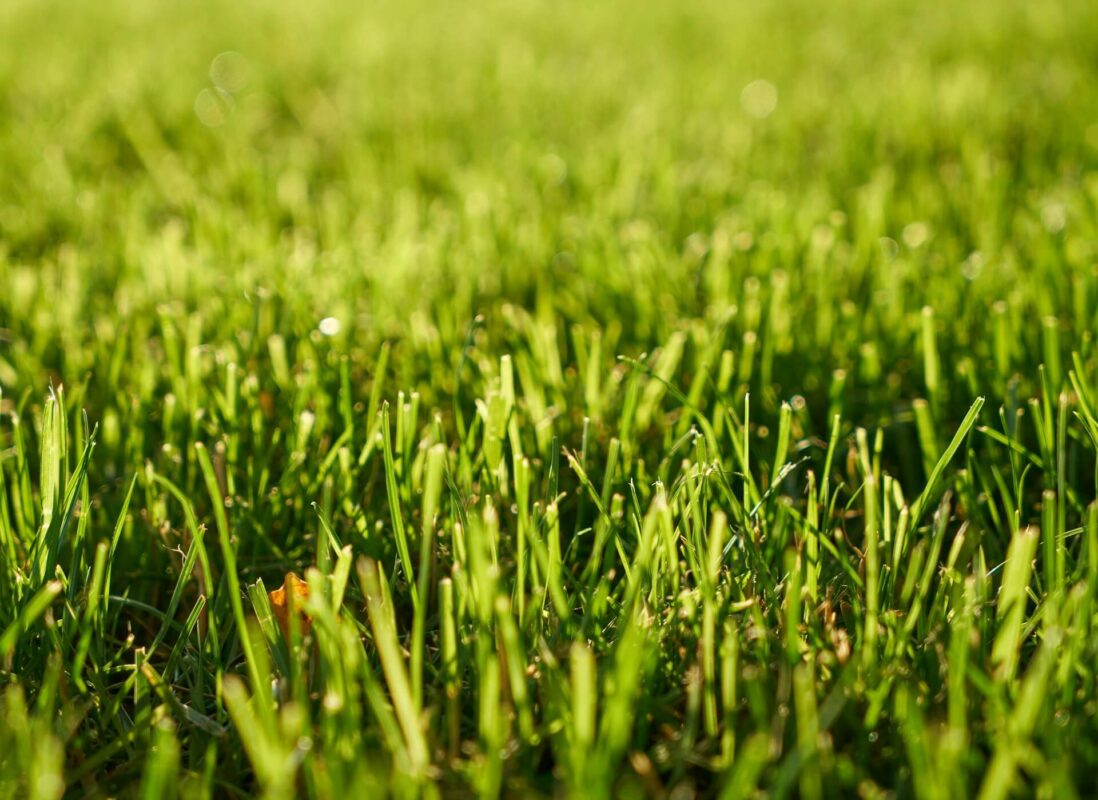
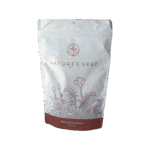
What is White Sage?
This white sage seed was collected with permits from wildland areas in Southern California.
White Sage (Salvia apiana) is an iconic aromatic shrub native to Southern California and Baja. With silvery-white foliage and tall flower spikes of white to pale lavender blooms, it grows 3–5 feet tall and wide, making a striking focal point. It thrives in full sun, well-drained soils, and extremely dry conditions—once established it needs almost no water. Highly heat-tolerant and adapted to poor, rocky soils, White Sage is valued for habitat benefits and cultural significance. Plant it in a sunny, open spot for a long-lived, low-maintenance shrub that embodies California chaparral.
Specifications
Sun Requirement
Full Sun
Soil Preference
Well-drained sandy/rocky soils; avoid waterlogged conditions
Soil pH
Neutral to alkaline
Time to Maturity
365+ days (blooms in year 2)
Height when mature
3–4 ft (flower spikes to 4+ ft)
Seeding Rate
1 lb/2,000 sqft
Planting Depth
Surface sow or very light cover (needs light to germinate)
White Sage
Salvia apiana | SKU: W-SAAP
Check your ZIP code to know if this seed works for you
Check Your ZIP Code
×Enter your ZIP code to see if this seed works in your region:
Why Choose This Seed?

Highly Drought Tolerant
White sage can survive on just rainfall after establishment—ideal for arid climates. In fact, White Sage prefers to be completely left alone in the summer, with no additional irrigation.

Striking Foliage & Form
While White Sage has beautiful little white flowers, its silvery leaves and bold form are the star of the show, giving it year-round interest in gardens and pollinator plantings.

Pollinator Powerhouse
While less showy than other sages, the nectar-rich blooms of white sage attract bees, butterflies, and hummingbirds.

Cultural Significance
White sage is valued by indigenous communities for its traditional uses in smudging and herbal remedies.

Easy Care Native
This plant is pest-resistant, deer-resistant, and long-lived with minimal care.
Seed Description
Product Details
Sun/Shade
Full Sun
Height
3–5 ft (6+ ft with spikes)
Seeding Rate
1 lb/10,000 sqft
Uses
Drought-tolerant landscapes, habitat gardens, sensory/herb gardens, dry slopes
Color
White to pale lavender flowers; silvery foliage
Water
Very Low—avoid summer irrigation after establishment
Native/Introduced
Native to Southern California & Baja
Life Form
Evergreen perennial shrub
Planting Guide
When to Start & Weed Control
Start prepping your planting area in fall, so that you are ready to seed between late September and early February, when temperatures cool and rain is on the horizon.
Weed your growing area BEFORE planting any native seeds. We recommend not only pulling visible weeds but also “flushing out” the weed seeds that are waiting in the soil. Irrigate the area and wait for weed seeds to germinate, then remove them using your method of choice. Irrigate again, wait, and perform another round of weed control. Repeat 2-3 times.
Soil Prep
Ensure your soil is as bare as possible for the maximum amount of seed-to-soil contact. If the entire area can’t be completely cleared, rake out as much dead plant material from the area as you can to create bare patches of soil for the seed to make contact with. For best results, the soil should be easily crumbled and not heavily compacted.
Seeding
It is best to seed onto slightly damp soil. If necessary, water the top 1/4 inch of soil before seeding. Scatter seed directly on the soil surface and rake gently or lightly press the seed into the soil. Do not bury the seed deeper than 1/4 inch into the soil.
Water
After planting, keep the top 1/4 inch of soil consistently moist until the seeds have germinated and the first true leaves have emerged. A good rule is to water lightly every day intul the seedlings are an inch high, then you can reduce watering to every 3 days. Skip days when it rains. Within 6 weeks after germinating, your plants should need only occasional watering. Don’t over-water your plants, especially in summer.
Questions & Answers
Is white sage hardy in cold climates / what is its hardiness zone?
White Sage is typically hardy in USDA zones ~8-10/11. It may survive in zone 7 under protected conditions, but in colder zones (zones 5-6 especially), you will need to provide protection: mulch heavily, shelter from frost, or grow in pots and bring indoors in winter.
How do I propagate white sage besides by seed?
You can also propagate via cuttings (softwood cuttings in spring or early summer), though rooting can be slower/harder. Gardening guides also suggest that seed is more common. Careful soil, full sun, and low nutrients help.
When does white sage bloom, and what do the flowers look like?
White Sage blooms in late spring to summer (often year 2 for seed grown plants). The flowers are in tall spikes (flower stalks) extending above the foliage, small tubular blooms that range from white to pale lavender. The foliage (silvery, hairy) is often more visually striking than the flowers.
How should I prune or harvest white sage without harming it?
Prune sparingly. Removing spent flower stalks or harvesting mature leaves can help maintain appearance. If harvesting, leave at least one-third of the plant’s foliage so it can recover. Avoid cutting into the old, woody base too aggressively. Harvest when leaves are mature (often after first full year), ideally during dry weather for best potency.
What are common problems or pests, and how do I avoid them?
Problems are usually from overwatering, poor drainage, and insufficient sun. Root rot, fungal issues, or summer soggy soil are big risks. Also, cold damage in winter if not protected. Pests are less of an issue because the strong resins and aroma deter many herbivores. Deer might browse if food is scarce. For growth problems like legginess, it’s usually due to too much shade or not enough light or poor soil.
Are there cultural / legal / ethical considerations when using white sage (smudging, harvesting, sourcing)?
Yes. White Sage has significant cultural value for many Indigenous communities; ethical sourcing is important. Wild populations are threatened in parts of its range due to overharvesting (especially to supply smudge sticks). If buying, check that seeds/plants were collected legally and sustainably. Growing your own can reduce pressure on wild populations. Also, be aware of local laws / permits if harvesting from wildland areas.
Still have
questions?
Our planting experts
are here to help.
customercare@naturesseed.com
Response time:
Within 1 business day
Reviews
| Coverage Area | , , |
|---|
Related Products

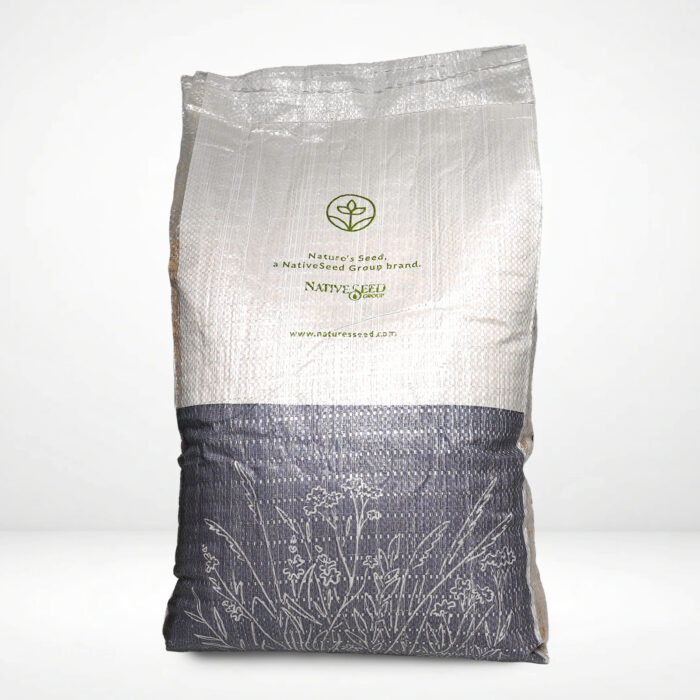
California Habitat Mix
(4.7) - 145 reviews
$55.00/lb
Habitat restoration, Erosion control, Sustainable landscaping, Wildlife Corridors, Native Meadows
Southern USDA Regions (8-10), Transitional USDA Regions (6-8)
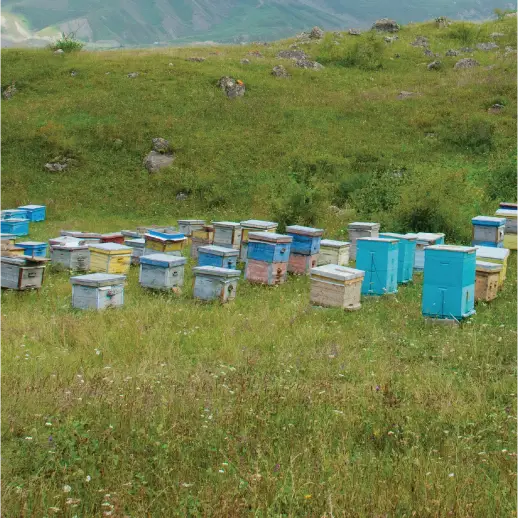
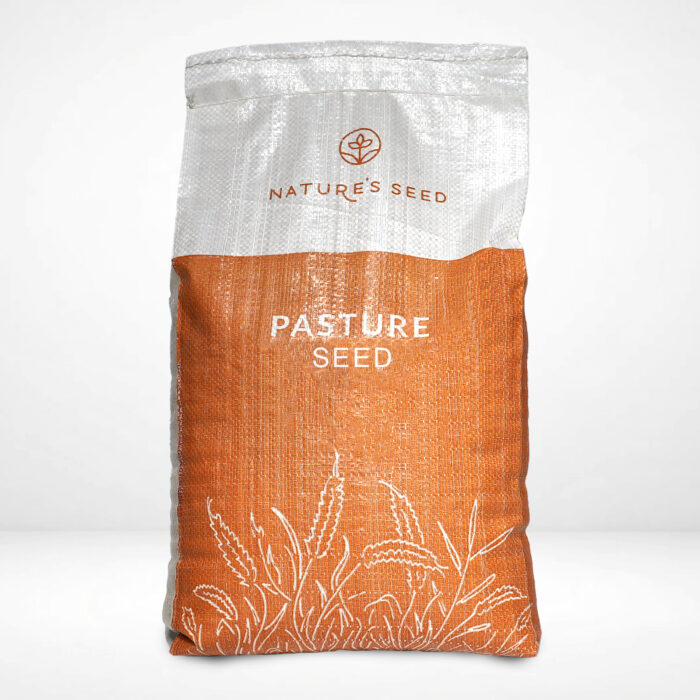
Honey Bee Cover Crop & Pasture Mix
(4.7) - 145 reviews
$10.00/lb
Honey Bee
Northern USDA Regions (3-5), Southern USDA Regions (8-10), Transitional USDA Regions (6-8)

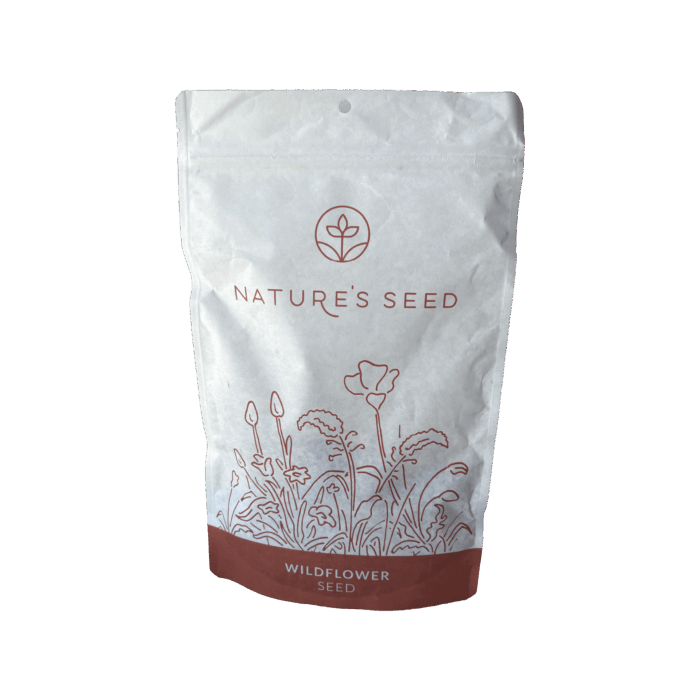
Purple Needlegrass
(4.7) - 145 reviews
$67.96/lb
Grassland restoration, erosion control, wildlife habitat, low-water landscaping
Southern USDA Regions (8-10), Transitional USDA Regions (6-8)
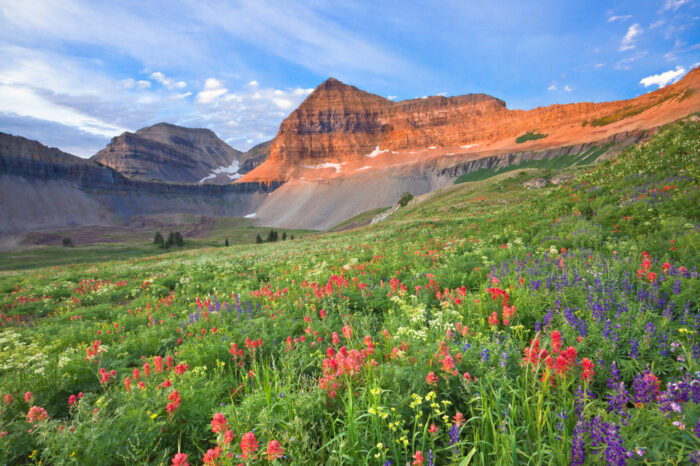
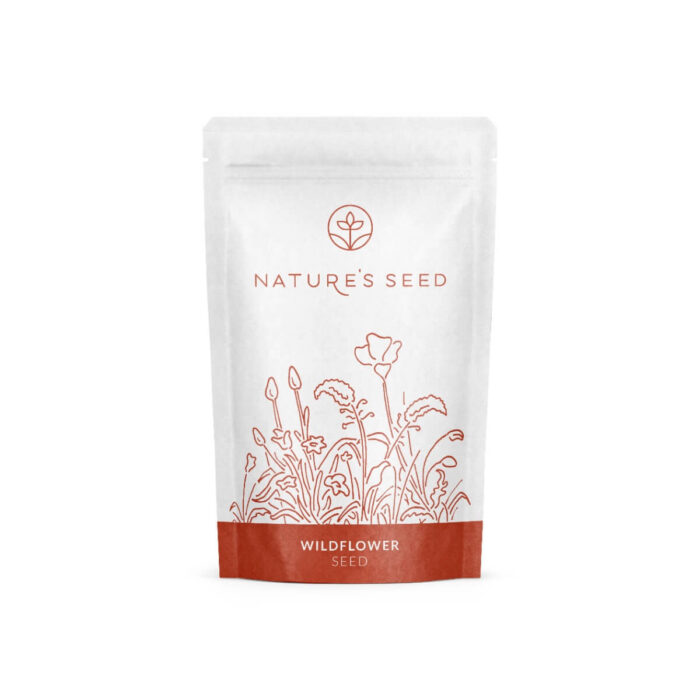
Rocky Mountain Wildflower Mix
(4.7) - 145 reviews
$25.99/lb
Ornamental gardens, pollinator plots, naturalized wildflower meadows, and even erosion control or land reclamation projects
Northern USDA Regions (3-5), Transitional USDA Regions (6-8)


Thingrass
(4.7) - 145 reviews
$90.99/lb
Lawn Alternative, Ornamental, Erosion Control, Wilflower Habitat
Southern USDA Regions (8-10), Transitional USDA Regions (6-8)
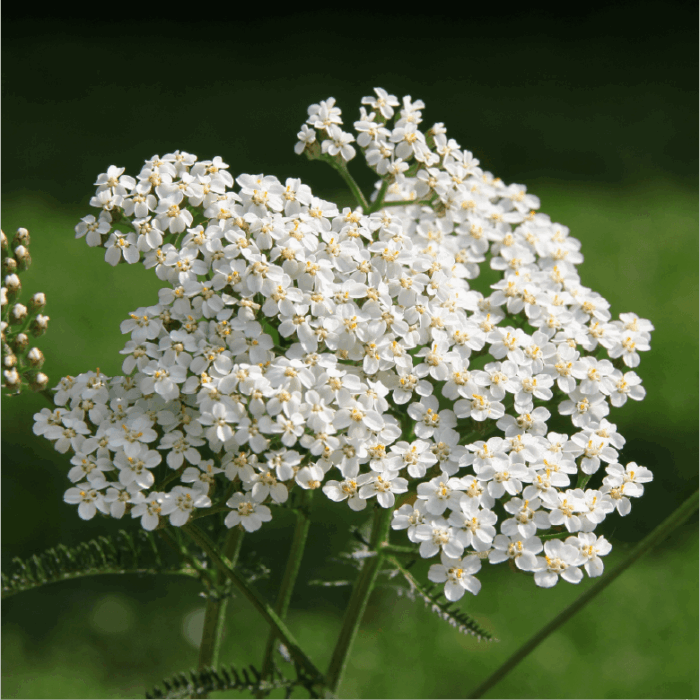

Western Yarrow
(4.7) - 145 reviews
$59.96/lb
Waterwise gardens, meadow plantings, erosion control, cut flowers
Southern USDA Regions (8-10), Transitional USDA Regions (6-8)

